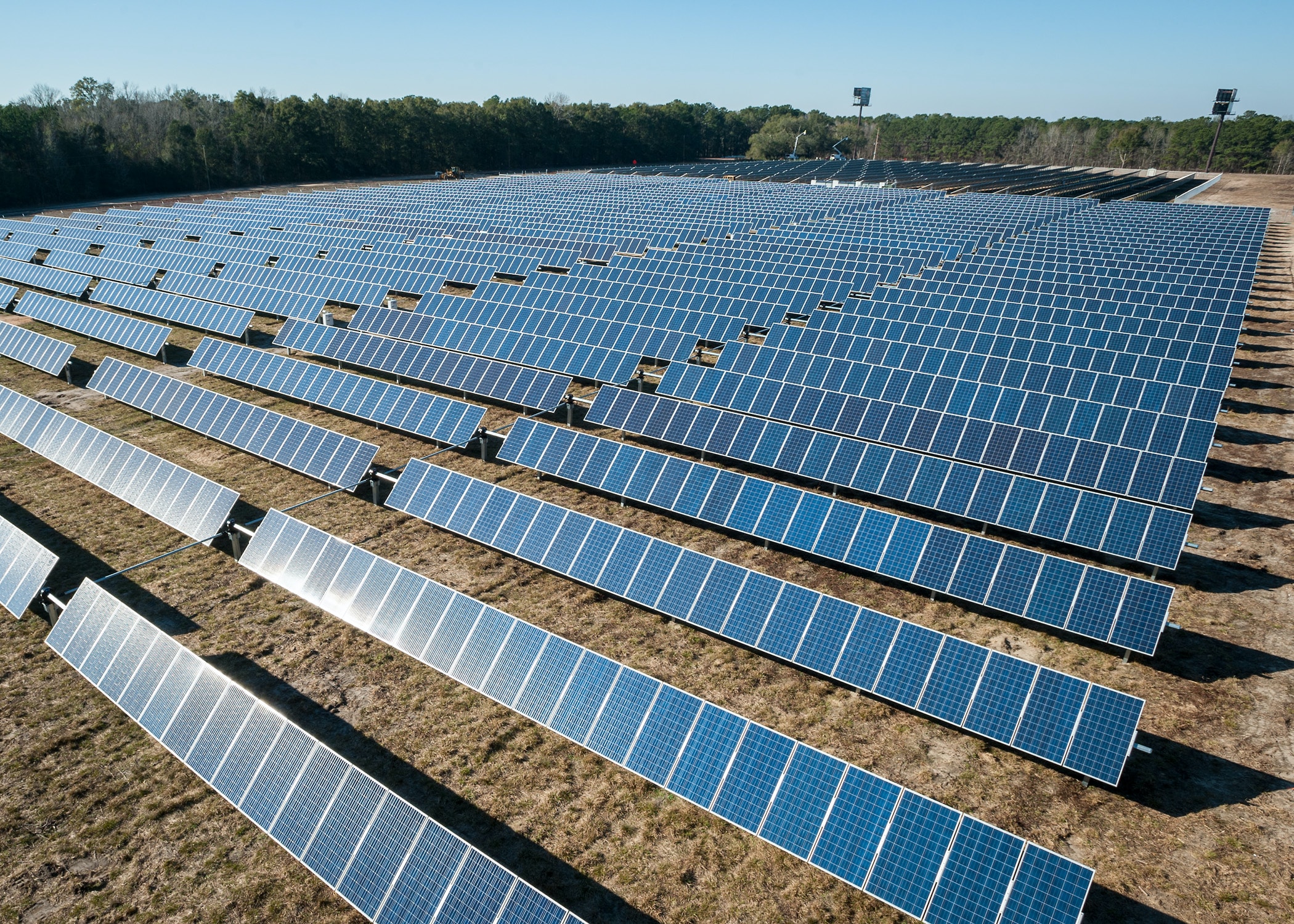
As the global market shifts towards increased investment in renewable energy projects, Australia is in a prime position to leverage its abundance of sun, wind, and land, to generate significant volumes of cheap renewable energy for domestic use, and for export. At least the federal government thinks so, having committed over $40 billion of investments in this year’s federal budget with a view to transforming Australia into a renewable energy superpower.
With an increased focus and investment in clean energy, we expect to see a significant jump in the number of renewable energy infrastructure projects in the near to mid-term, including hydrogen, hydroelectricity, solar, and wind projects.
Common Project Delivery Models
Two common project delivery models for utility scale renewable projects (i.e., projects producing 10 megawatts or more of energy) include:
- Engineering, Procurement and Construction (EPC); and
- Engineering, Procurement, and Construction Management (EPCM).*
* as distinguished from an Engineering, Procurement, Construct and Manage delivery model, under which a Head Contractor undertakes both the delivery and superintendence of the construction process.
EPC
For renewable projects, an EPC model will generally involve a Principal engaging a Contractor to deliver a complete ‘turnkey’ asset (e.g., solar, wind, or hydrogen facility) for a specific price and time, and which performs to a specified level.
As renewable projects often involve a number of discrete packages of work, an EPC model has the advantage of providing a single point of responsibility, with the Contractor assuming responsibility for:
- engineering and design of the project;
- procurement of materials and equipment;
- engagement of subcontractors for each works package;
- construction of the project; and
- testing and commissioning prior to handover.
The adoption of an EPC model can provide Principals (and project financiers) with certainty derived from a number of factors which may include:
- fixed completion date;
- fixed price;
- limited or no technology risk;
- limited circumstances in which a Contractor may seek relief (cost and time);
- elimination of risk in managing multiple Contractors;
- performance guarantees;
- liquidated damages; and
- requirement for Contractor to provide security.
Although the use of an EPC model may be attractive from a Principal’s perspective, it may result in higher project costs as Contractors seek to factor into its price contingencies for increased construction risks, such as unknown site conditions.
As more renewable infrastructure projects are connected, congestion on the nation’s grid infrastructure increases, contributing to grid instability issues. Consequently, project participants may expect to face changes to registration, testing and commissioning requirements set by regulators (such as the Australian Energy Marketing Operator) and Network Service Providers to manage the strain. This can lead to project delays and additional project costs. Therefore, an EPC contract should carefully address this issue and provide sufficient clarity around how these risks are shared between the parties.
Additional risk mitigation strategies that are crucial to ensure a project’s success, include:
- provision of detailed project specifications and plans;
- clearly drafted delay event, concurrent delay, and change in law contractual provisions;
- consideration of the inclusion of a dispute avoidance board to assist with mitigation of delays and determination of extension of time entitlements; and
- scheduling regular meetings and audits to ensure project requirements are being met.
EPCM
Under an EPCM model, a Contractor is typically responsible for:
- engineering and detailed design;
- management of tenders for procurement of all equipment;
- awarding and managing works packages and contracts (often as agent for the Principal); and
- overall management of a project, including supervision of the construction process.
Under this model, a Contractor will not undertake any construction work and is typically not responsible for:
- delivery of a project by an overall completion date or in accordance with a project budget; or
- care and custody of the works.
This model may be suitable for renewable projects in circumstances where:
- experienced Principals possess sufficient experience and expertise in managing a project (and who would prefer not to pay significant risk premiums that can often accompany an EPC model);
- a Principal wishes to have greater involvement in decisions involving design, equipment, materials, and contractor selection; or
- a renewable project involves largely modular building structures (e.g., solar farm, hydrogen electrolysis trains and bulk storage).
Lamont Project & Construction Lawyers
We have the industry knowledge and experience to assist both Principals and Contractors in all major infrastructure projects. If you would like to discuss any of the matters raised in the above article or the forthcoming series as it relates to your specific circumstances, please contact Lamont Project & Construction Lawyers.
The content of this article is for information purposes only; it does not discuss every important topic or matter of law, and it is not to be relied upon as legal advice. Specialist advice should be sought regarding your specific circumstances.
Contact: Peter Lamont or Kristopher London
Email: [email protected] or [email protected]
Phone: (07) 3248 8500
Address: Suite 1, Level 1, 349 Coronation Drive, Milton Qld 4064
Postal Address: PO Box 1133, Milton Qld 4064
